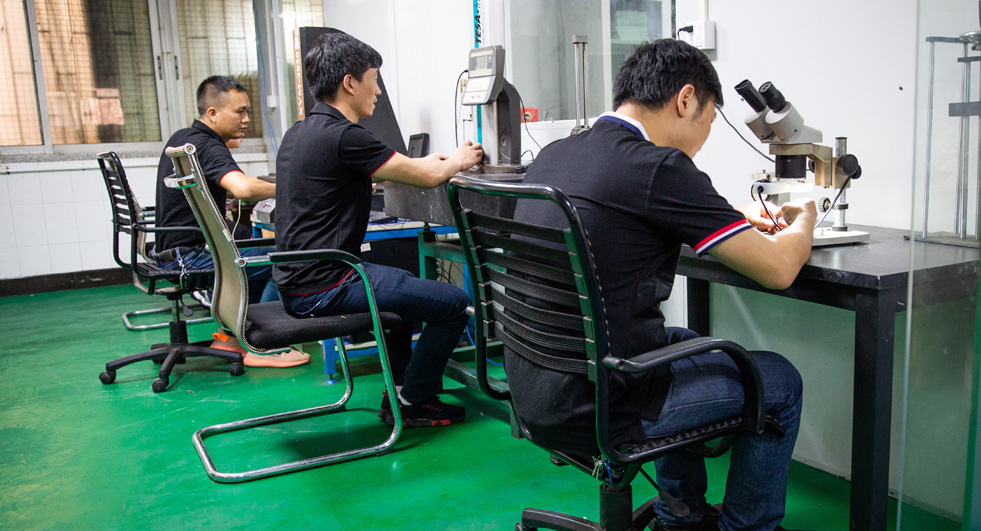Numerical control CNC turning parts precision adopts different measurement methods according to different processing precision content and precision requirements. Generally speaking, there are the following methods:

1. According to whether CNC turning machining parts are measurement parameters, it can be divided into direct measurement and indirect measurement.
Direct measurement: directly measure the measured parameter to get the measured size. For example, use calipers and comparators for measurement.
Indirect measurement: Measure the geometric parameters related to the measured size, and obtain the measured size through calculation.
Obviously, direct measurement is more intuitive, and indirect measurement is more troublesome. Generally, indirect measurement must be used when the measurement size of CNC turning parts or direct measurement cannot meet the accuracy requirements
2. According to whether the reading value of the measuring tool directly represents the value of the measured size, it can be divided into measured value and relative measured value.
Absolute measurement: The reading value directly indicates the measured size of the CNC turning parts, such as measuring with a vernier ruler.
Relative measurement: The reading value only indicates the deviation of the measured size of the machined part from the standard quantity. If you use a comparator to measure the shaft diameter, you need to adjust the zero position of the instrument with a gauge block, and then measure the turned machined part. The measured value is the difference between the diameter of the side shaft and the size of the gauge block. This is the relative measurement. Generally speaking, the relative measurement accuracy is high, but the measurement is more troublesome.
3. According to whether the measured surface is in contact with the measuring head of the measuring instrument, it is divided into contact measurement and non-contact measurement.
Contact measurement: The measuring head is in contact with the surface to be measured and has an accurate measuring force. For example, use a micrometer to measure CNC turning parts.
Non-contact measurement: the measuring head is not in contact with the surface of the measured CNC turning parts. Non-contact measurement can avoid the influence of measuring force on the measurement result. Such as the use of projection method, light wave interference method, etc.
If you want to know more about CNC turning parts, you can click to view this page:https://www.machining-custom.com/cnc-turning/